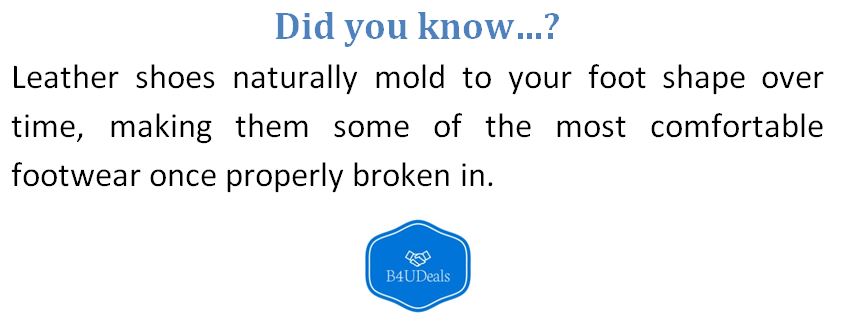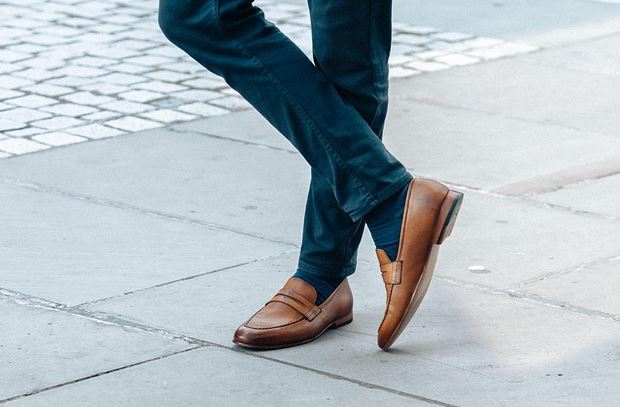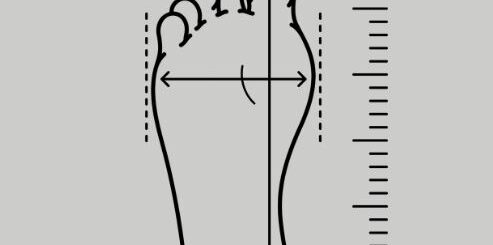9 Quick and Easy Ways to Break In New Shoes Without the Pain
Buying a new pair of shoes is exciting—until they start causing pain and discomfort. The initial stiffness of new footwear can lead to blisters, sore spots, and an overall unpleasant experience. Fortunately, there are several efficient techniques to help ease your shoes into daily wear. With the right approach, you can stretch and soften the material, making them feel like they were made for your feet.
Here are nine effective strategies to make new shoes more wearable in no time.
Try Gentle Heat to Loosen the Material
One of the fastest ways to get your shoes to adapt to your feet is by applying mild heat. Start by putting on a thick pair of socks and slipping into your shoes. Use a hair dryer set on medium heat to warm the areas where the shoes feel tight. Move the dryer around in a sweeping motion for a couple of minutes. The heat helps relax the shoe’s material, allowing it to mold more easily to your foot shape.
Once they’re warm, walk around in them for ten to fifteen minutes. If they’re still stiff afterward, repeat the process. Be cautious if your shoes are made from delicate materials like suede or patent leather—prolonged heat may damage their surface.

Use Ice to Expand the Interior Space
A surprisingly effective way to stretch shoes is by freezing water inside them. Fill two resealable plastic bags with water until they are about halfway full. Press out any extra air, seal the bags tightly, and place one in each shoe. Make sure the bags reach the tightest parts of the shoes.
Place the shoes in another larger plastic bag to protect them from moisture and then put them in the freezer overnight. As the water freezes, it expands and pushes outward, gently stretching the shoe from within. Remove the bags after 10 to 12 hours, and let the shoes come to room temperature before trying them on. Repeat the process if necessary.

Ease Into Them Gradually
Breaking in shoes isn’t always a one-time event—it can take a few days. Start by wearing your shoes around the house for short periods, such as 10 to 20 minutes at a time. Slowly increase the duration each day as the shoes become more forgiving.
Walking around the home, standing while cooking, or doing simple tasks with your shoes on allows the material to naturally adapt to your movements. This controlled break-in period helps you avoid blisters and minimizes discomfort as the shoes mold to your feet.
Add Padding with Thick Socks
Thicker socks serve as a cushion between your feet and your new shoes, while also helping to gently stretch the interior. Wear your shoes with heavyweight socks or layer two regular pairs to create a tighter fit.
Walk or stand in the shoes for at least 15 to 20 minutes a day. This technique is particularly helpful for leather or synthetic materials that need more time to adjust. It also helps prevent rubbing that leads to skin irritation, especially in the heel or toe areas.
Read More: Pronation Explained: How to Identify Your Gait and Choose the Right Running Shoes
Use Common Household Tools
If you notice specific pressure points where your shoes feel too tight, a simple spoon can help. Slip off your shoes and identify the exact areas that need softening. Then, using the back of a spoon, press gently but firmly into those tight spots. This method mimics the natural pressure your feet would apply, encouraging the material to loosen without damaging the shoe.
Another household tool that can assist in stretching is a clean, rounded deodorant stick or a wooden dowel. Just be sure the object you use won’t leave scuff marks or damage the shoe’s lining.
Try Shoe Stretchers for Consistent Pressure
Shoe stretchers are handy devices designed to widen shoes gradually. Available in different shapes and sizes, they can help adjust the length or width of your shoes without you needing to wear them. Insert the stretcher into the shoe, turn the adjustment handle, and leave it in place overnight.
Many stretchers include removable plugs for bunion or corn relief and are especially useful for breaking in formal or work shoes made from rigid materials. Using a stretcher over a few days can provide lasting comfort and a more custom fit.
Stretching Sprays Can Help Soften Fabric
There are commercial sprays specifically made to soften shoe materials. These sprays work best when combined with other break-in techniques like wearing thick socks or using a shoe stretcher. Simply follow the instructions on the label—usually a light mist on the interior followed by immediate wear or manipulation of the shoe.
For shoes made with delicate outer materials like leather, it’s best to apply the spray only on the inside to prevent discoloration or surface damage. These products can accelerate the break-in process and make your shoes more pliable in just a few uses.
Seek Professional Help if Needed
If you’ve tried everything and your shoes are still causing discomfort, consider visiting a professional cobbler. Many shoe repair shops offer stretching services, where your shoes are placed on a mechanical stretcher for several hours or even overnight.
Cobbler services are especially helpful for expensive shoes you don’t want to damage or for materials that are harder to work with. The cost is usually modest, and the results are often more reliable than home methods.
Prevent Blisters Before They Start
As you’re getting used to new footwear, protecting your feet is just as important as softening the shoes. If you know your shoes tend to rub in a specific area, apply a strip of moleskin or a gel blister pad before wearing them. These barriers reduce friction and protect sensitive skin from irritation.
Additionally, keeping your feet dry reduces the risk of chafing. You can use foot powders or a swipe of antiperspirant to prevent moisture buildup. If you start feeling discomfort during the day, don’t hesitate to switch to an older pair of shoes to give your feet a break.
Final Thoughts
Breaking in new shoes doesn’t have to be a painful process. With some patience and a few smart techniques, you can reduce the wear-in period and make your new footwear feel like old favorites. Whether you choose to apply heat, freeze water inside, or invest in professional help, the key is to gradually help your shoes conform to your feet—without pushing through pain. Treat your feet with care, and you’ll be rewarded with a comfortable, confident stride.
Frequently Asked Questions
How long does it take to break in new shoes?
It typically takes 1 to 3 weeks of regular wear to fully break in most shoes, depending on the material and how often you wear them.

Can I speed up the break-in process?
Yes, using methods like heat from a hairdryer, wearing thick socks, or using a shoe stretcher can significantly speed up the process.
Are there safe ways to stretch shoes at home?
Absolutely. Freezing water bags inside shoes, applying heat, or using stretching sprays are effective and safe DIY methods if done carefully.
Will breaking in shoes prevent blisters?
Properly breaking in shoes reduces stiffness and tight spots, which helps prevent blisters. Wearing thick socks and using protective bandages also helps.
What should I do if shoes still hurt after breaking them in?
If discomfort persists, consider professional stretching by a cobbler or switching to a different style or size better suited for your foot shape.
Can all types of shoes be broken in?
Most shoes can be broken in, especially those made from leather or canvas. However, shoes made of rigid plastic or poorly sized footwear may not adapt well.







